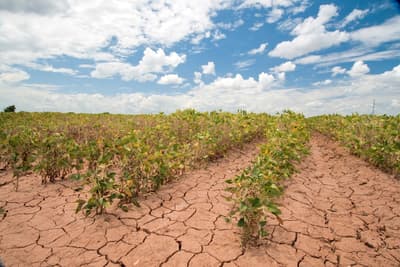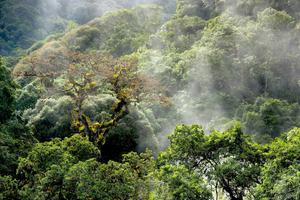The atmosphere is getting thirstier. A new study finds that warming is leading to more frequent bouts of hot, dry weather that cause soils to lose large volumes of water to evaporation.
The growing number of “thirstwaves” poses a challenge to farmers, researchers say. “As these pressures grow, there’s less and less room for guesswork in irrigation, so if you are under limited water conditions, you’ve got to do a better job at really tracking your water,” said lead author Meetpal Kukal, of the University of Idaho.
Researchers define a “thirstwave” as three days in a row of unusually high “evaporative demand” — that is, when hot, dry, sunny conditions cause the atmosphere to draw more water from plants, soils, and waterways.
For the new study, researchers analyzed four decades of thirstwaves across the U.S. They found that, since 1980, thirstwaves have gotten 7 percent longer, 17 percent more intense, and 23 percent more frequent, and are also increasingly arising during the growing season.
The study, published in Earth’s Future, follows on a recent paper in Nature Reviews that likened the atmosphere to an enormous sponge. As the planet warms, authors wrote, the sponge is growing larger and soaking up more moisture, leading to severe drought, and also unleashing more water, leading to intense rainfall. The result is sharper swings from dry to wet.
The effect is worldwide, authors found. Weather “whiplash,” said lead author Daniel Swain, a climate scientist at UCLA, “may turn out to be one of the more universal global changes on a warming Earth.”
ALSO ON YALE E360
Whiplash: How Big Swings in Precipitation Fueled the L.A. Fires



